mom2princesses
TPF Noob!
- Joined
- Jan 1, 2008
- Messages
- 3
- Reaction score
- 0
I have a Nikon D200 and I am wanting to buy a 72mm polarizer for it. It's between the Nikon brand and the Hoya brand. Is one better than the other, is there any reason why I should get one over the other? Any and all thoughts would help. Please and Thank you 


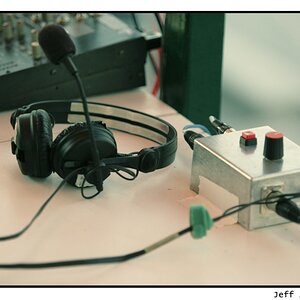
![[No title]](/data/xfmg/thumbnail/41/41778-1940e957c27e1919c300dfedbc32d1c3.jpg?1619739889)
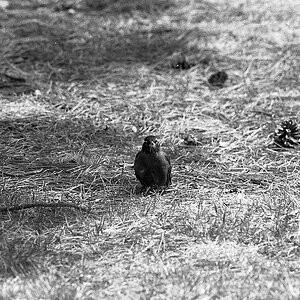
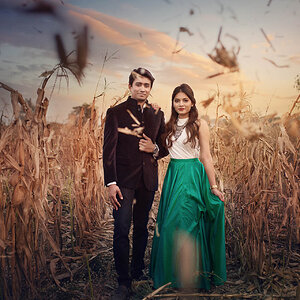
![[No title]](/data/xfmg/thumbnail/41/41755-a922f39cc29ff8f6e66a197508bf99f3.jpg?1619739881)
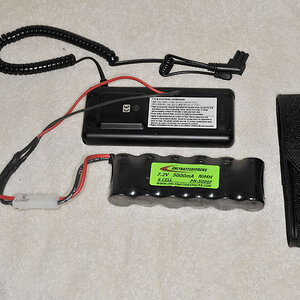

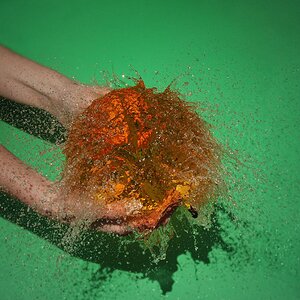
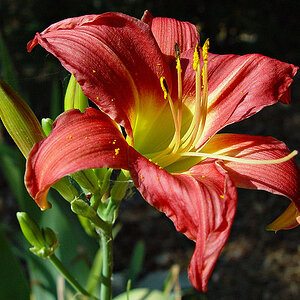
![[No title]](/data/xfmg/thumbnail/38/38738-7933157d1b8968c986eeeab2d1828524.jpg?1619738703)
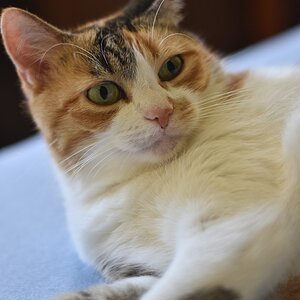
![[No title]](/data/xfmg/thumbnail/35/35666-9f404fab7b896e4ec114160079fa71c6.jpg?1619737090)